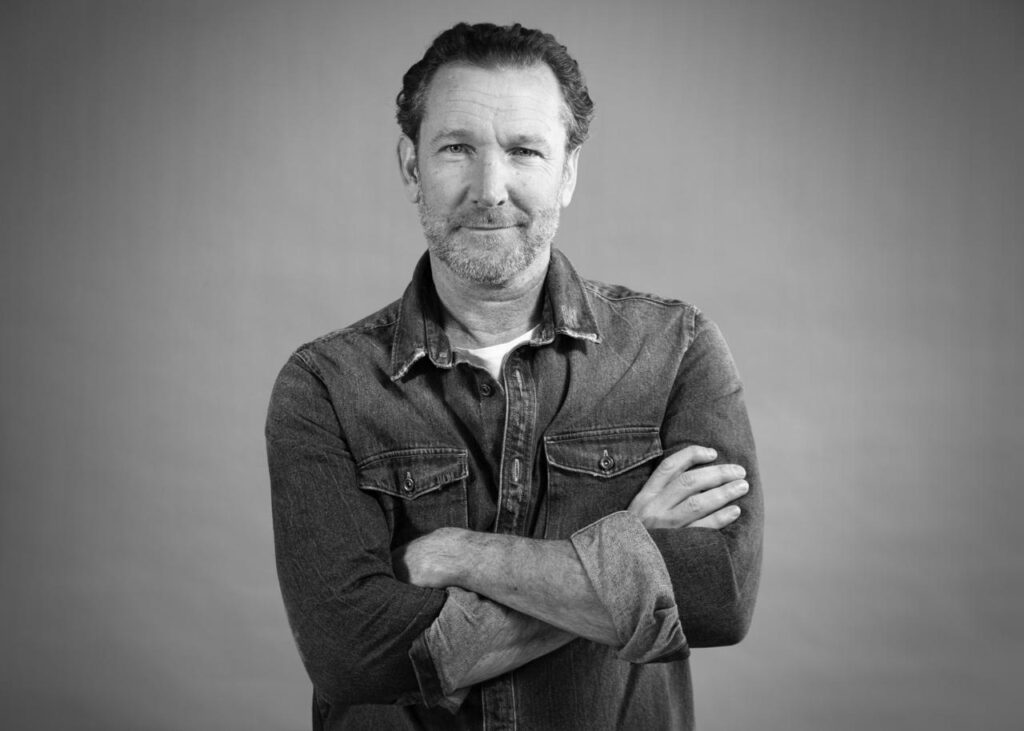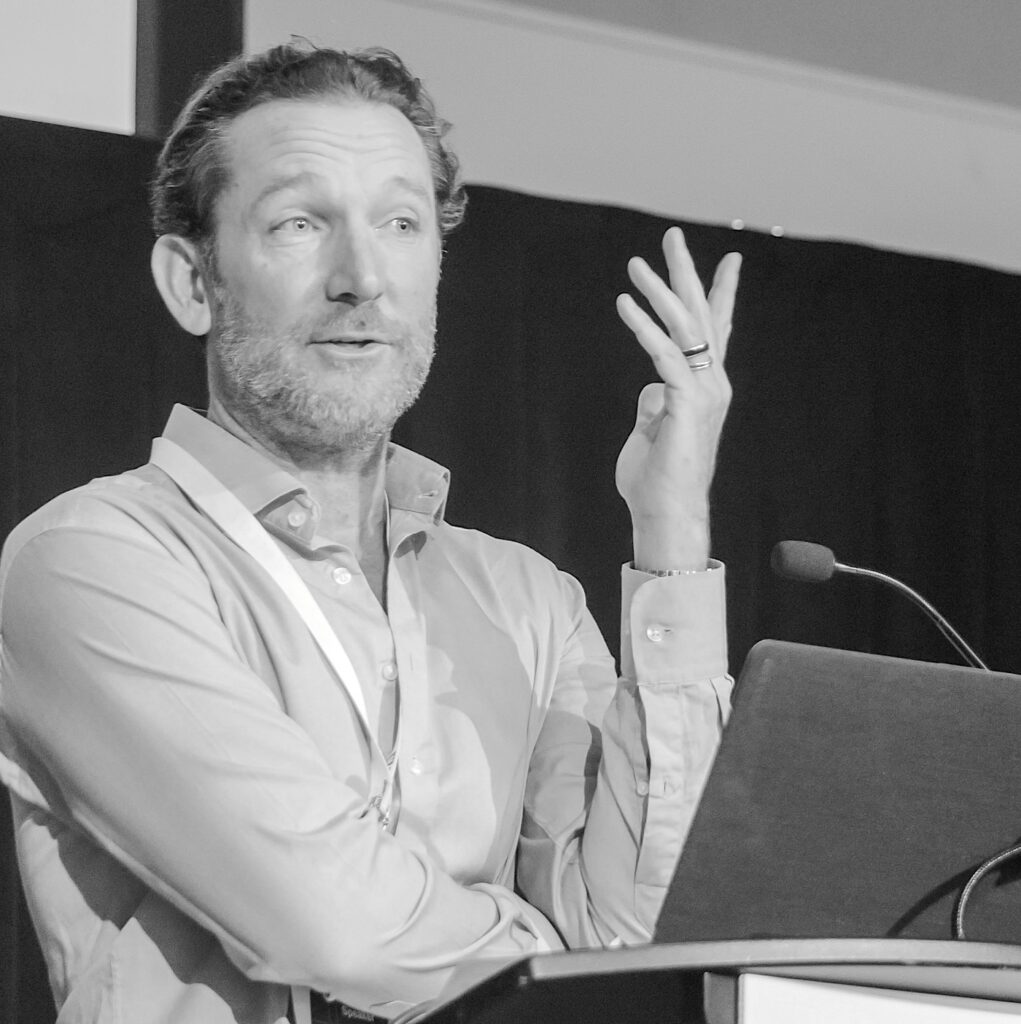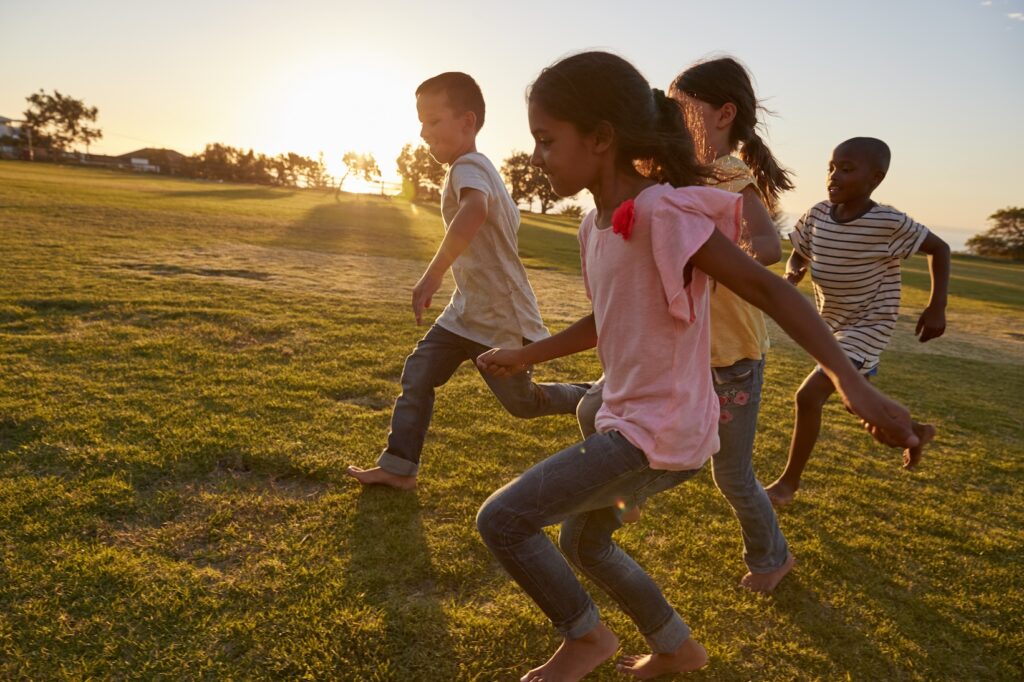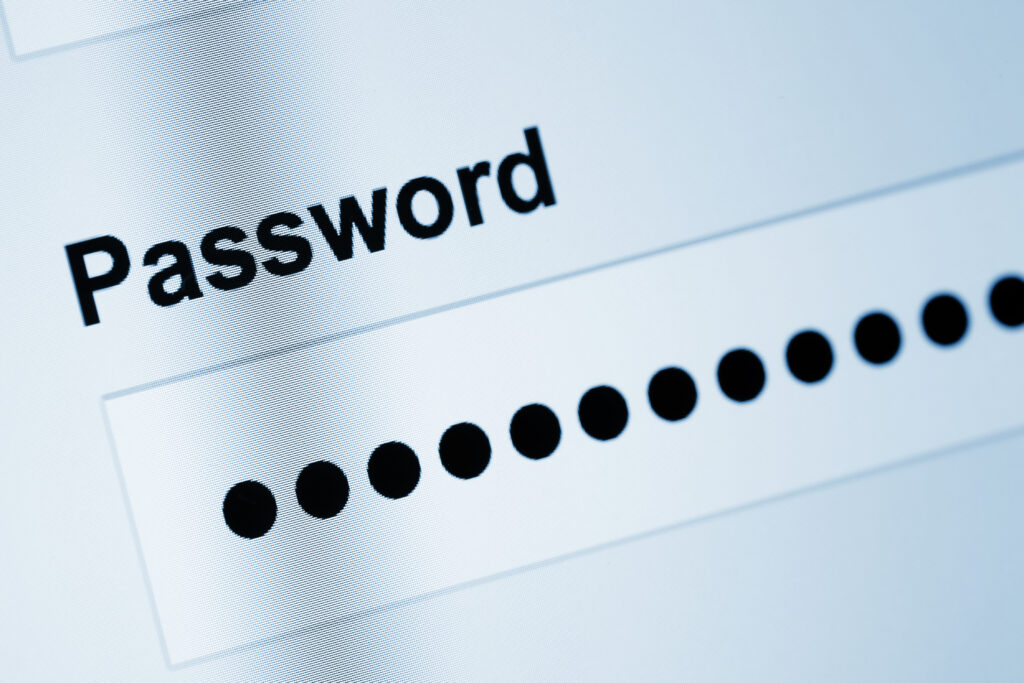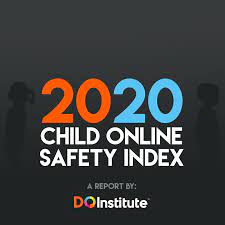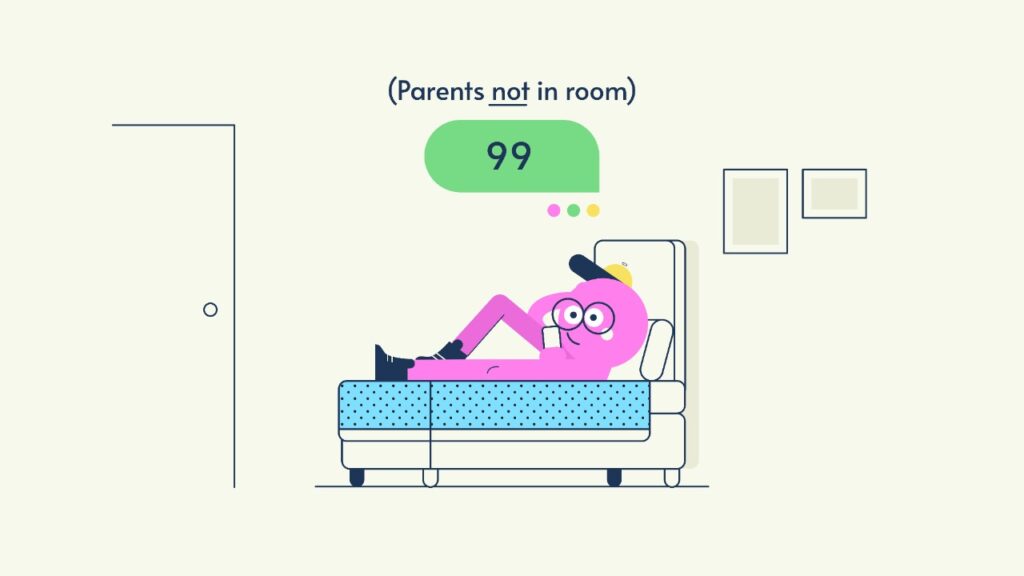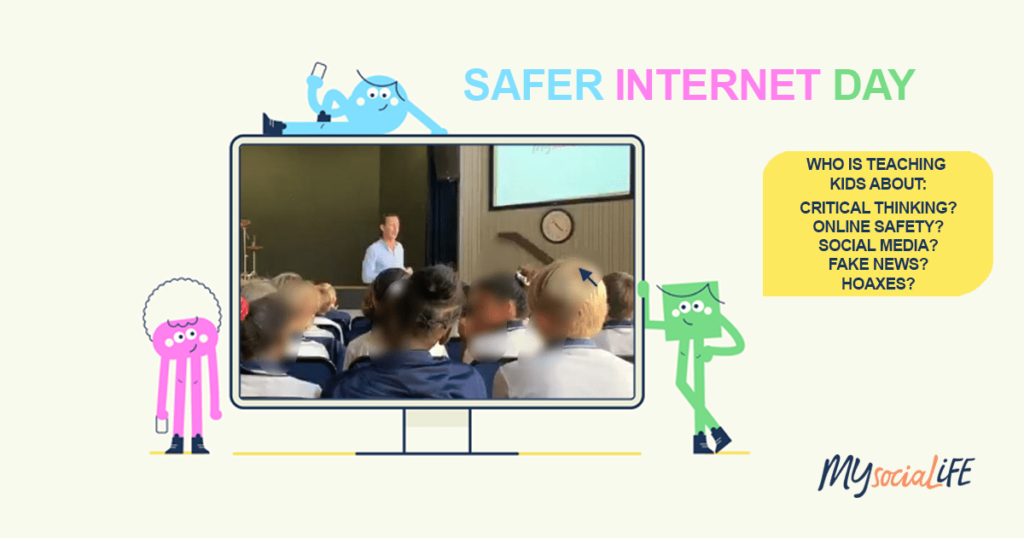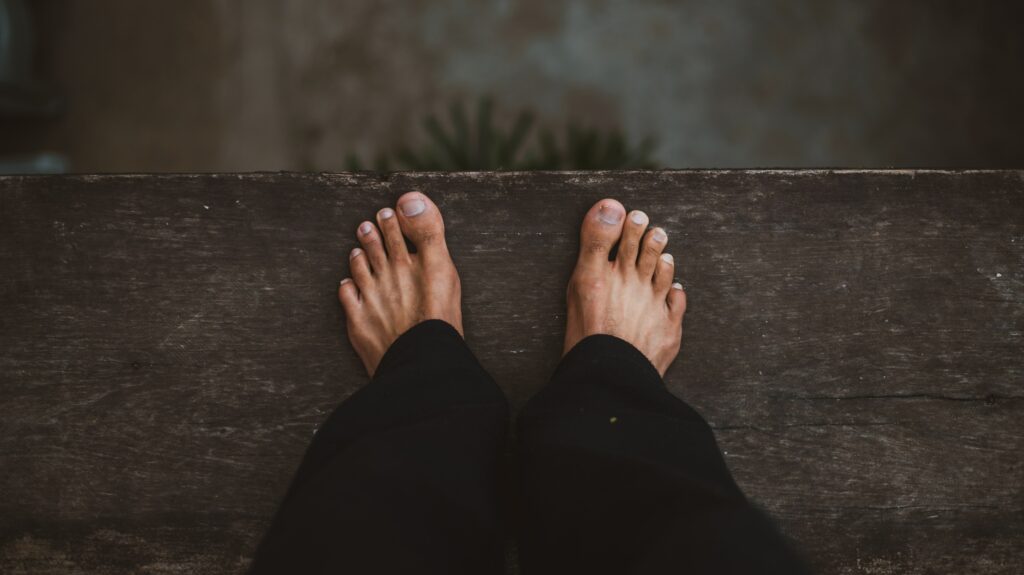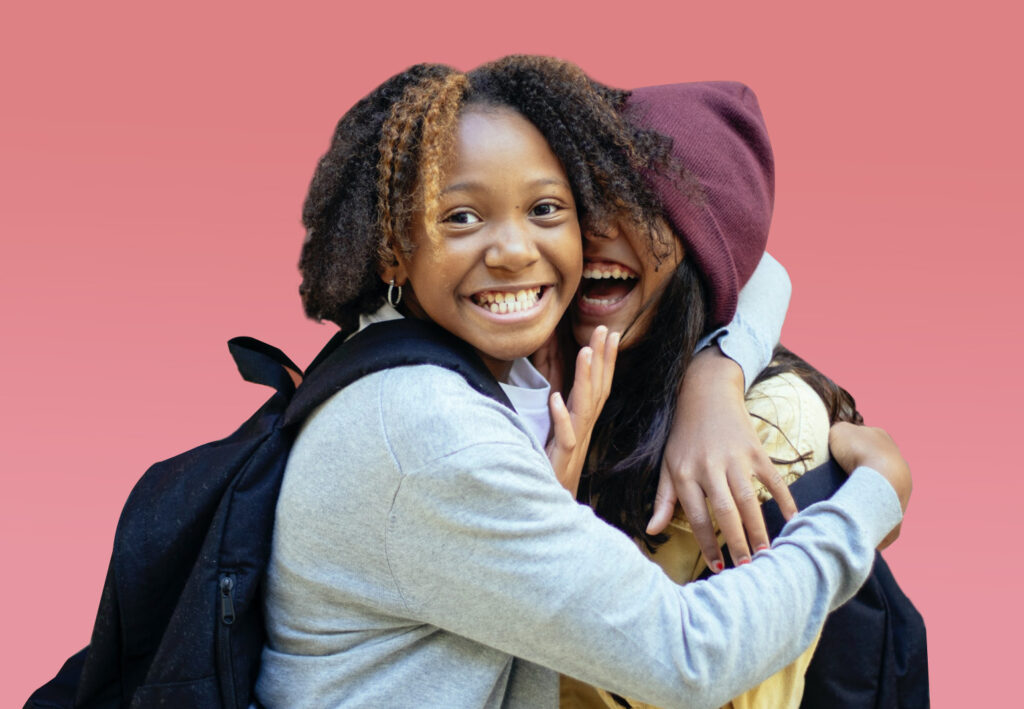How Social Media Prepared Us for AI
A Wake-Up Call to Reclaim Our Humanity In the last two decades, social media has reshaped how we think, feel, and connect. It has also unwittingly prepared us for the next seismic technological shift: artificial intelligence (AI). But this preparation has been more cautionary than celebratory. Social media has not just been a tool but […]
How Social Media Prepared Us for AI Read More »

